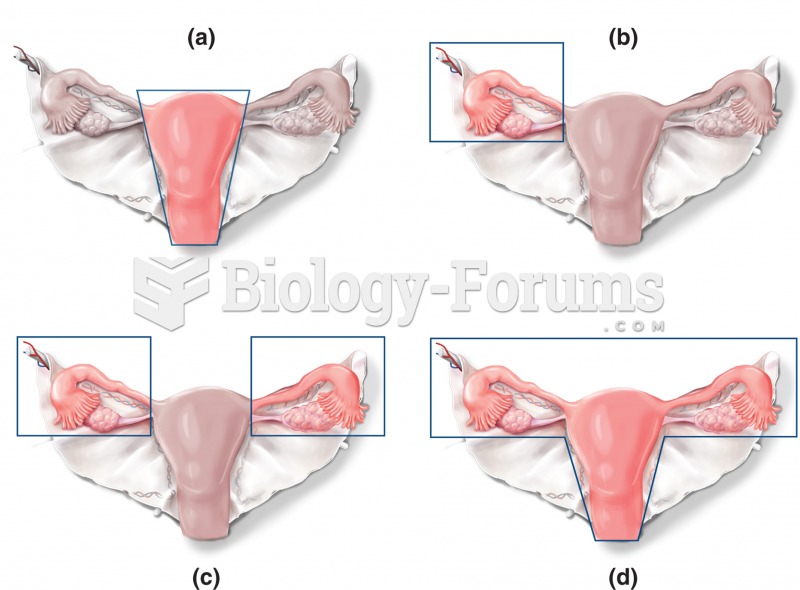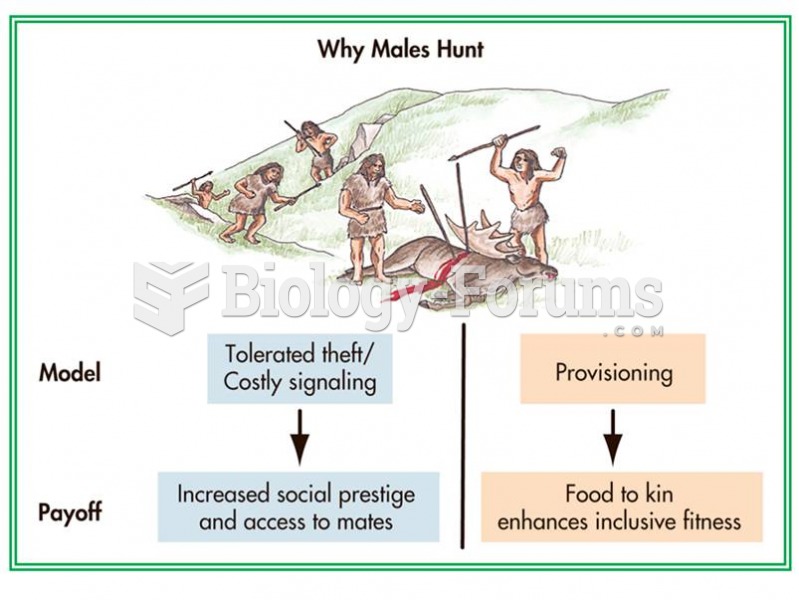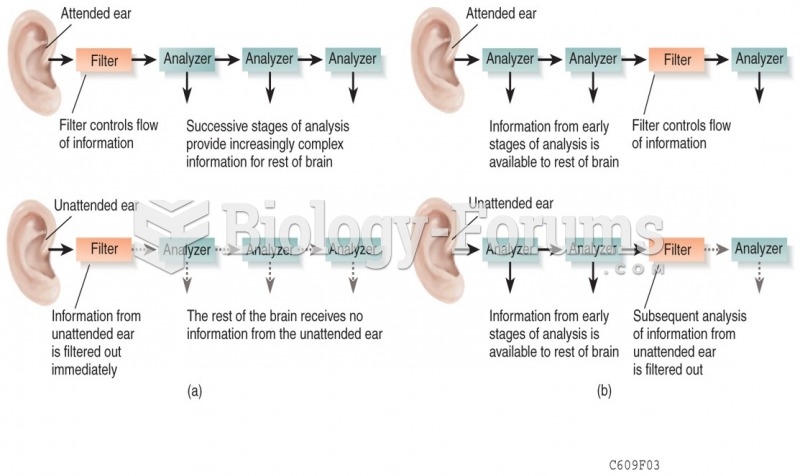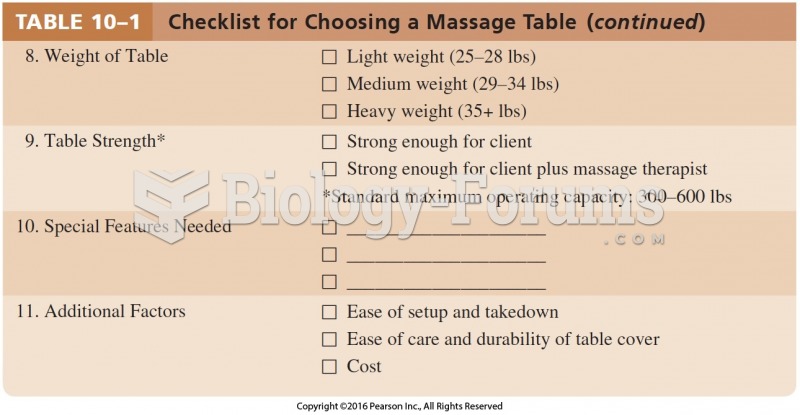Regression; choosing among models.
Apollo Hospital specializes in outpatient surgeries for relatively minor procedures.
Apollo is a nonprofit institution and places great emphasis on controlling costs in order to provide services to the community in an efficient manner.
Apollo's CFO, Julie Chen, has been concerned of late about the hospital's consumption of medical supplies. To better understand the behavior of this cost, Julie consults with Rhett Bratt, the person responsible for Apollo's cost system. After some discussion, Julie and Rhett conclude that there are two potential cost drivers for the hospital's medical supplies costs. The first driver is the total number of procedures performed. The second is the number of patient-hours generated by Apollo. Julie and Rhett view the latter as a potentially better cost driver because the hospital does perform a variety of procedures, some more complex than others.
Rhett provides the following data relating to the past year to Julie.
Required:
1. Estimate the regression equation for (a) medical supplies costs and number of procedures and (b) medical supplies costs and number of patient-hours. You should obtain the following results:
2. On different graphs plot the data and the regression lines for each of the following cost functions:
a. Medical supplies costs = a + (b Number of procedures)
b. Medical supplies costs = a + (b Number of patient-hours)
3. Evaluate the regression models for Number of procedures and Number of patient-hours as the cost driver according to the format of Exhibit 10- 18 (page 404).
4. Based on your analysis, which cost driver should Julie Chen adopt for Apollo Hospital? Explain your answer.
Question 2
Jackson Co purchases equipment with a cost of 26,000 and a trade-in value of 2,000 . Jackson Co estimates that the equipment will have a useful life of 5 years. Assuming Jackson Co records depreciation for six months using the straight-line method, the adjustment would be recorded in the work sheet as a:
a. a debit to equipment and credit to depreciation expense, 2,400.
b. a debit to accumulated depreciation and a credit to equipment, 2,400.
c. a debit to depreciation expense and a credit to equipment, 2,400.
d. a debit to depreciation expense and a credit to accumulated depreciation, 2,400.







